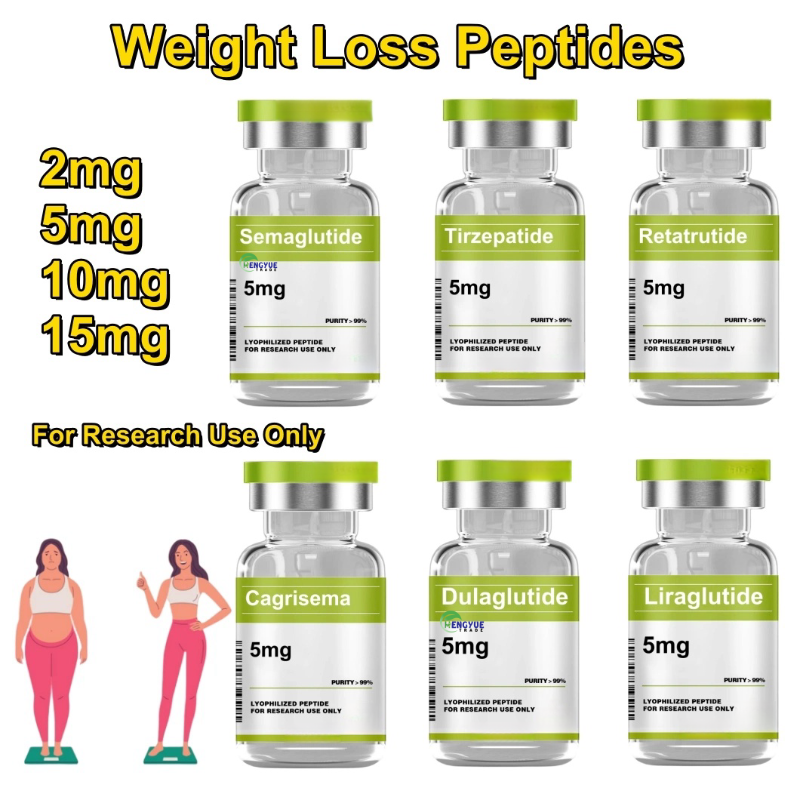-
Categories
-
Pharmaceutical Intermediates
-
Active Pharmaceutical Ingredients
-
Food Additives
- Industrial Coatings
- Agrochemicals
- Dyes and Pigments
- Surfactant
- Flavors and Fragrances
- Chemical Reagents
- Catalyst and Auxiliary
- Natural Products
- Inorganic Chemistry
-
Organic Chemistry
-
Biochemical Engineering
- Analytical Chemistry
-
Cosmetic Ingredient
- Water Treatment Chemical
-
Pharmaceutical Intermediates
Promotion
ECHEMI Mall
Wholesale
Weekly Price
Exhibition
News
-
Trade Service
Pharmaceutical grade Povidone K30 Pharmacopoeia standard CDE registration number Povidone K30 (PVPK30) is widely used in medicine and is one of the three major new pharmaceutical excipients advocated internationally
.
The application is a binder for tablets and granules
.
PVP can also be used as a glidant for capsules, a detoxifier and lubricant for eye drops, a cosolvent for injections, a dispersant for liquid preparations, and a stabilizer for enzymes and heat-sensitive drugs
.
Povidone can also synthesize PVP-I disinfectant with iodine
.
PVP can also be used as a cryopreservative in medicine
.
There are hundreds of drugs using PVP products as excipients
.
3.
4 N-Vinylpyrrolidone Take 10.
0g of this product (calculated as anhydrous), add 80ml of water to dissolve, add 1g of sodium acetate, add 10ml of iodine titration solution (0.
05mol/L) precisely, leave it for 10 minutes, add thiosulfuric acid Sodium titration solution (0.
1mol/L) is titrated.
When approaching the end point, add 2ml of starch indicator solution, continue to titrate until the blue color disappears, and correct the titration result with a blank test.
The consumption of iodine titration solution (0.
05mol/L) shall not exceed 3.
6ml
.
3.
5 Moisture Take this product and measure it according to the moisture determination method (Appendix VIII M First Method A of the 2010 edition of the Chinese Pharmacopoeia), and the moisture content should not exceed 5.
0%
.
3.
6 Residue on ignition Take 1.
0g of this product and inspect it according to the law (Appendix VIII N of Part II of the 2010 edition of the Chinese Pharmacopoeia), and the residual residue should not exceed 0.
1%
.
3.
7 Heavy Metals Take the residues left under the item of residues on ignition and inspect them according to the law (Appendix VIII H, Method 2 of the 2010 edition of the Chinese Pharmacopoeia).
The heavy metals should not exceed 10ppm
.
3.
8 The nitrogen content of this product is about 0.
1g, accurately weighed, and placed in a Kjeldahl bottle, followed by adding 10g potassium sulfate and 0.
5g copper sulfate, slowly adding 20ml sulfuric acid along the bottle wall, and placing it in the Kjeldahl bottle.
Put a small funnel and heat it slowly with direct fire.
After the solution turns into a clear green color, continue to heat for 30 minutes and let it cool
.
Transfer to a 100ml measuring bottle, add water to dilute to the mark, and shake well
.
Precisely absorb 10ml, and measure it according to the nitrogen determination method (the second method of appendix VII D of "Chinese Pharmacopoeia", 2010 edition of the 2010 edition).
The distillate is titrated with sulfuric acid titration solution (0.
005mol/L), and The titration results were corrected with a blank test
.
Calculated as anhydrous, the nitrogen content should be 11.
5% to 12.
8%
.
.
The application is a binder for tablets and granules
.
PVP can also be used as a glidant for capsules, a detoxifier and lubricant for eye drops, a cosolvent for injections, a dispersant for liquid preparations, and a stabilizer for enzymes and heat-sensitive drugs
.
Povidone can also synthesize PVP-I disinfectant with iodine
.
PVP can also be used as a cryopreservative in medicine
.
There are hundreds of drugs using PVP products as excipients
.
3.
4 N-Vinylpyrrolidone Take 10.
0g of this product (calculated as anhydrous), add 80ml of water to dissolve, add 1g of sodium acetate, add 10ml of iodine titration solution (0.
05mol/L) precisely, leave it for 10 minutes, add thiosulfuric acid Sodium titration solution (0.
1mol/L) is titrated.
When approaching the end point, add 2ml of starch indicator solution, continue to titrate until the blue color disappears, and correct the titration result with a blank test.
The consumption of iodine titration solution (0.
05mol/L) shall not exceed 3.
6ml
.
3.
5 Moisture Take this product and measure it according to the moisture determination method (Appendix VIII M First Method A of the 2010 edition of the Chinese Pharmacopoeia), and the moisture content should not exceed 5.
0%
.
3.
6 Residue on ignition Take 1.
0g of this product and inspect it according to the law (Appendix VIII N of Part II of the 2010 edition of the Chinese Pharmacopoeia), and the residual residue should not exceed 0.
1%
.
3.
7 Heavy Metals Take the residues left under the item of residues on ignition and inspect them according to the law (Appendix VIII H, Method 2 of the 2010 edition of the Chinese Pharmacopoeia).
The heavy metals should not exceed 10ppm
.
3.
8 The nitrogen content of this product is about 0.
1g, accurately weighed, and placed in a Kjeldahl bottle, followed by adding 10g potassium sulfate and 0.
5g copper sulfate, slowly adding 20ml sulfuric acid along the bottle wall, and placing it in the Kjeldahl bottle.
Put a small funnel and heat it slowly with direct fire.
After the solution turns into a clear green color, continue to heat for 30 minutes and let it cool
.
Transfer to a 100ml measuring bottle, add water to dilute to the mark, and shake well
.
Precisely absorb 10ml, and measure it according to the nitrogen determination method (the second method of appendix VII D of "Chinese Pharmacopoeia", 2010 edition of the 2010 edition).
The distillate is titrated with sulfuric acid titration solution (0.
005mol/L), and The titration results were corrected with a blank test
.
Calculated as anhydrous, the nitrogen content should be 11.
5% to 12.
8%
.







